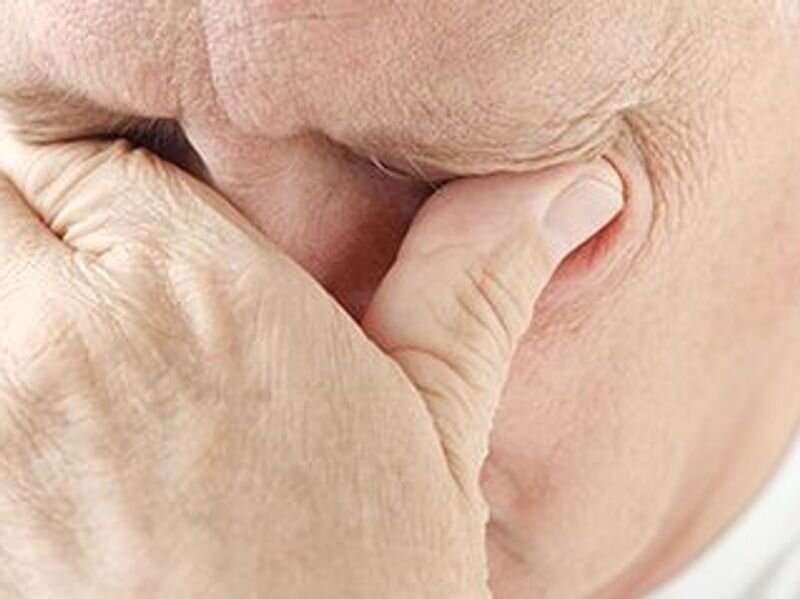
(HealthDay)—Researchers may have uncovered potential mechanisms contributing to ‘broken heart syndrome,’ according to a study published online March 26 in the European Heart Journal.
Azar Radfar, M.D., Ph.D., from Massachusetts General Hospital in Boston, and colleagues assessed the relationship between amygdalar activity (AmygA), which is the ratio of amygdalar metabolic activity to that in regulatory brain regions, and subsequent development of Takotsubo syndrome (TTS), a heart failure syndrome often triggered by acute stress. The cohort included 104 individuals (median age, 67.5 years) who were retrospectively identified to have underwent clinical 18 F-fluorodeoxyglucose positron emission tomography/computed tomography imaging (41 who subsequently developed TTS and 63 matched controls).
The researchers found that individuals with subsequent TTS had significantly higher baseline AmygA compared with those without TTS, after adjusting for TTS risk factors. Subsequent TTS was associated with AmygA after adjusting for risk factors (standardized hazard ratio, 1.643). Among individuals who developed TTS after the imaging was performed, those with the highest AmygA (> mean + one standard deviation) developed TTS approximately two years earlier than those with lower AmygA.
“We show that TTS happens not only because one encounters a rare, dreadfully disturbing event—such as the death of a spouse or child, as the classical examples,” a coauthor said in a statement. “Rather, individuals with high stress-related brain activity appear to be primed to develop TTS—and can develop the syndrome upon exposure to more common stressors, even a routine colonoscopy or a bone fracture.”
Source: Read Full Article
